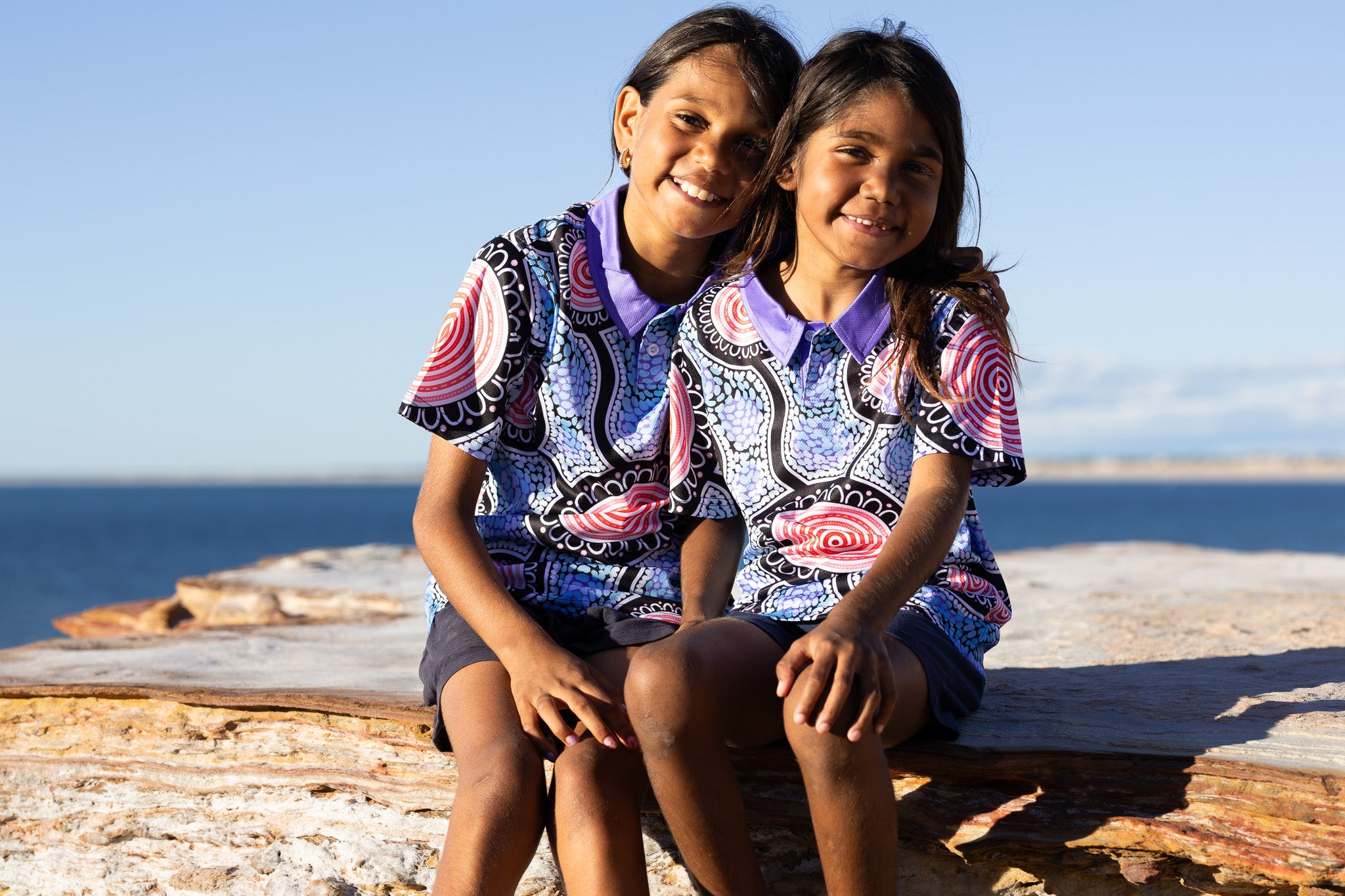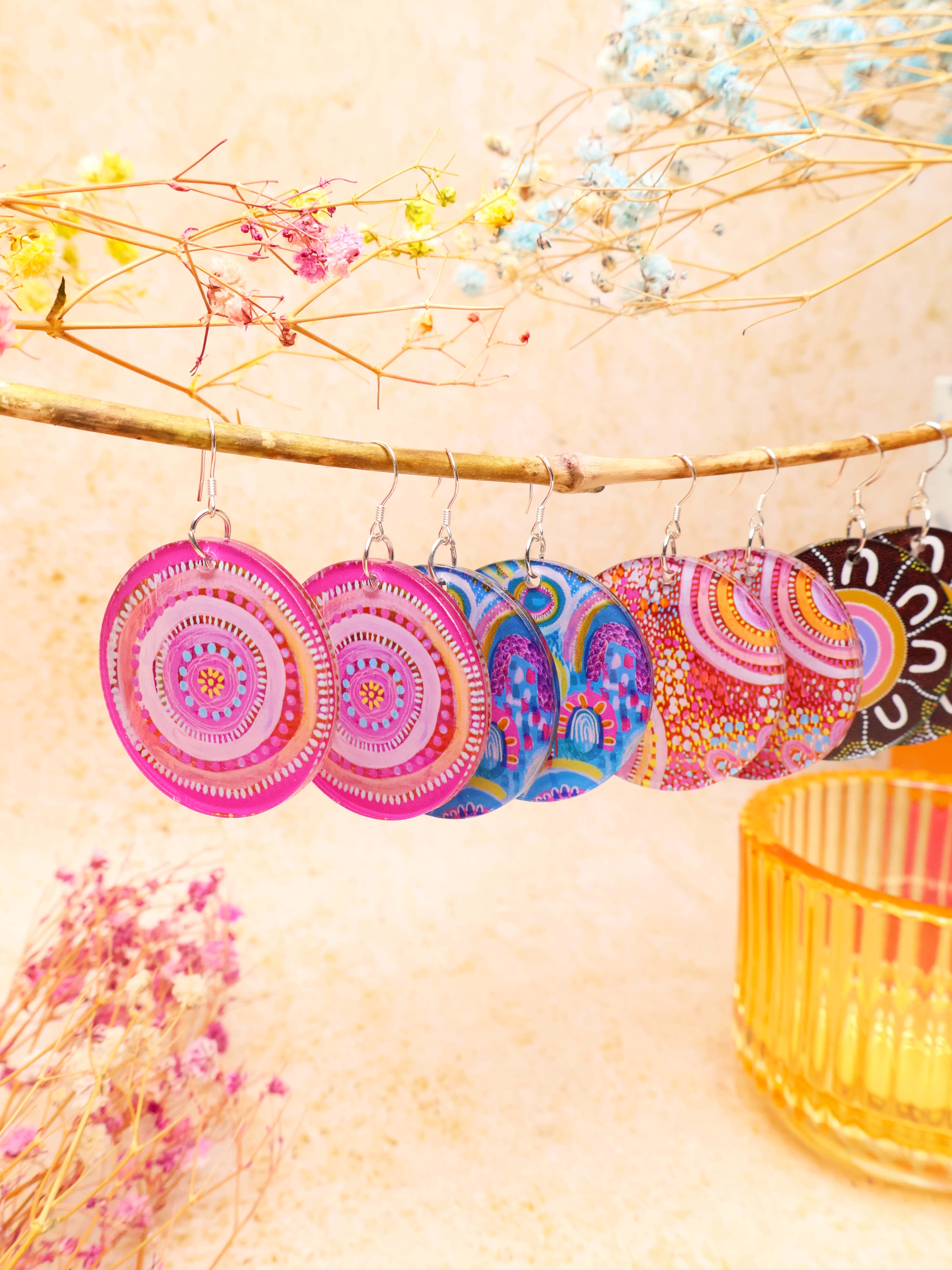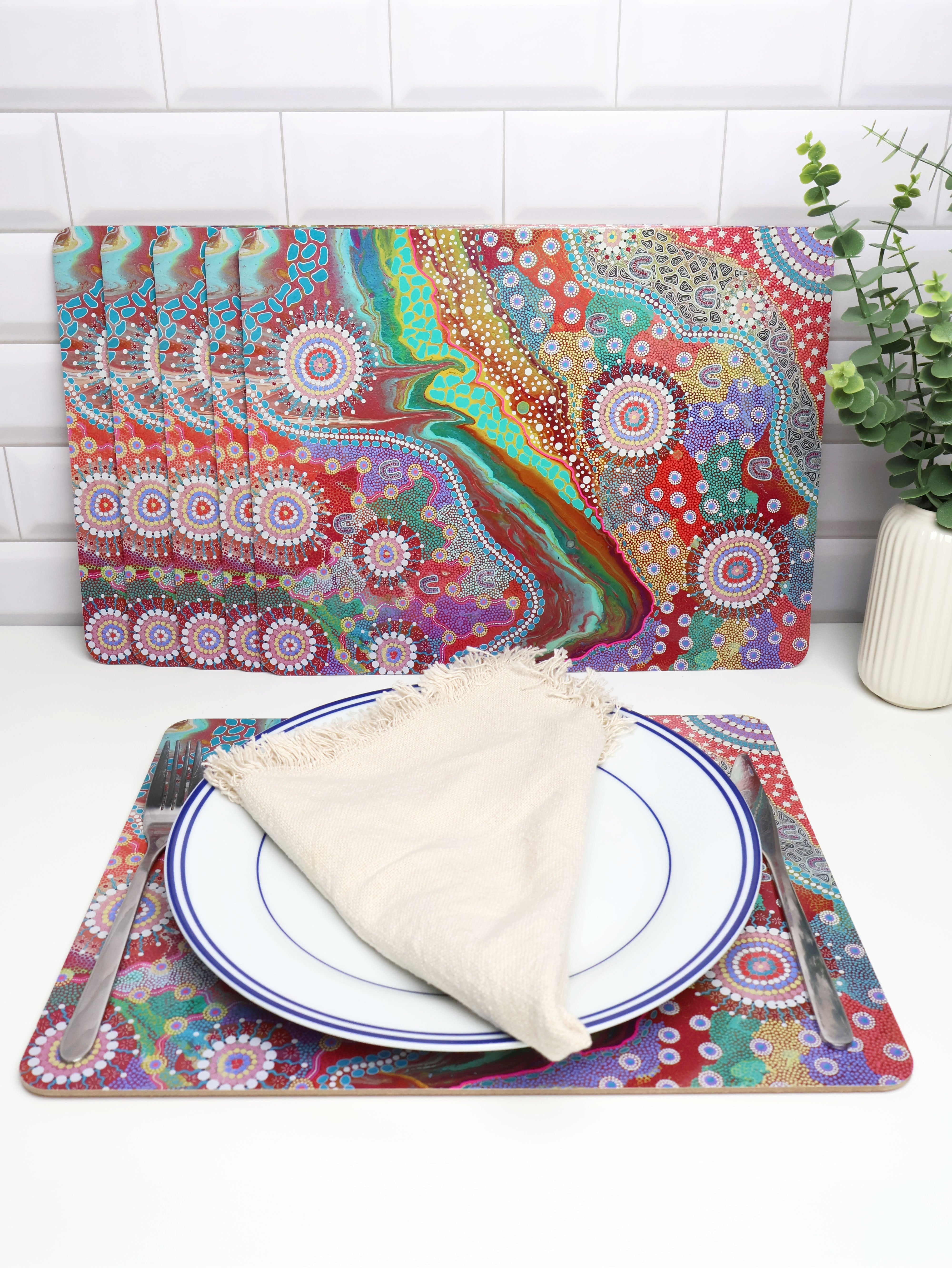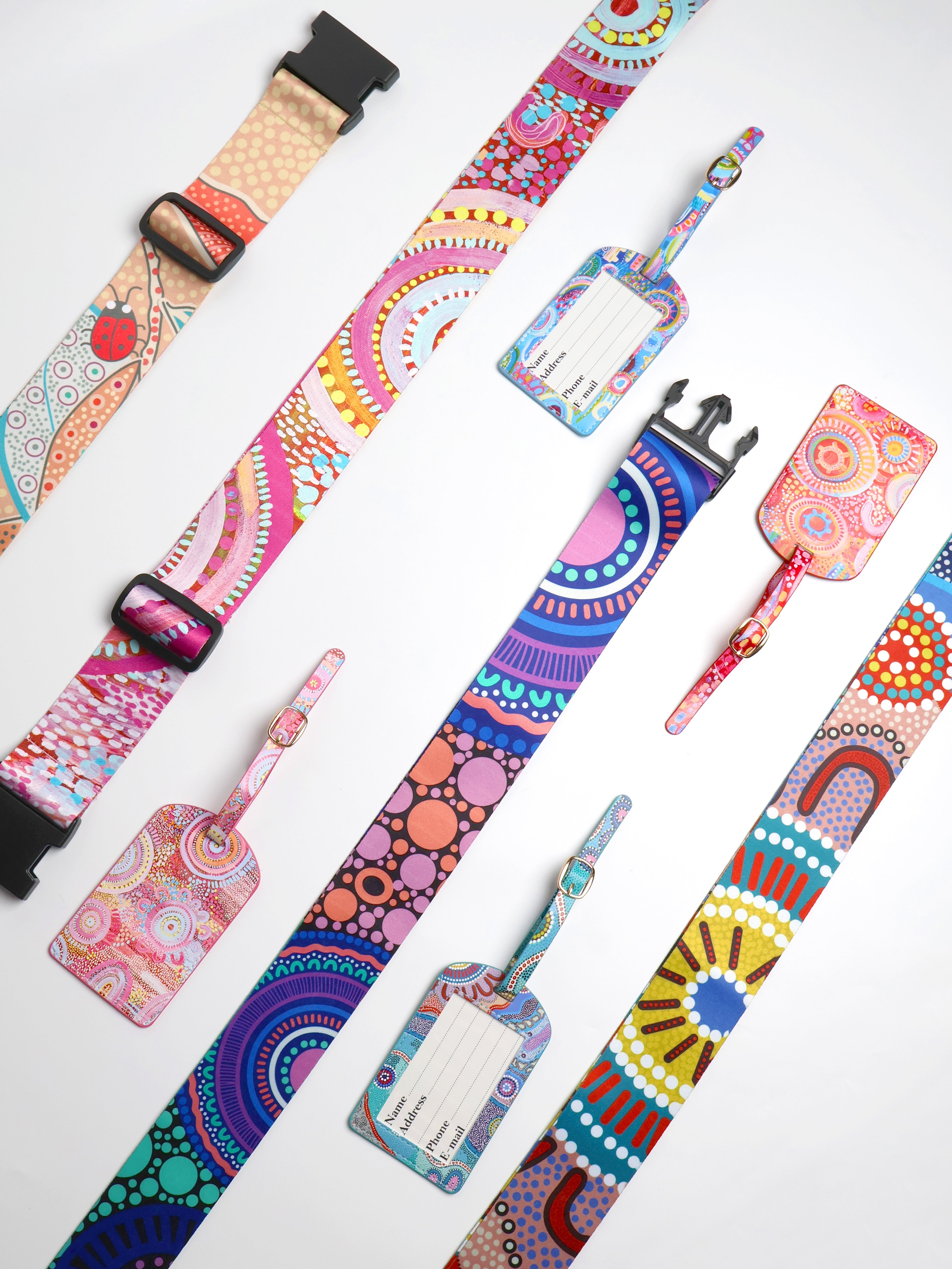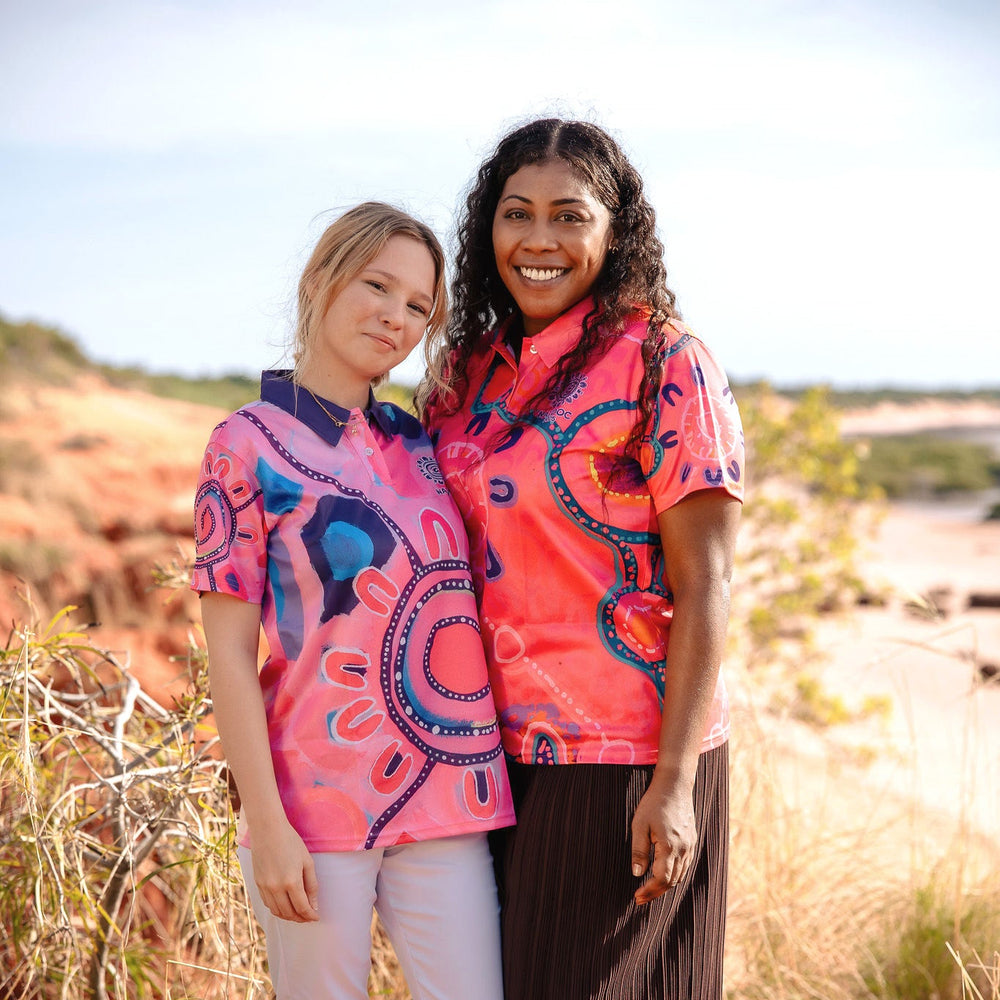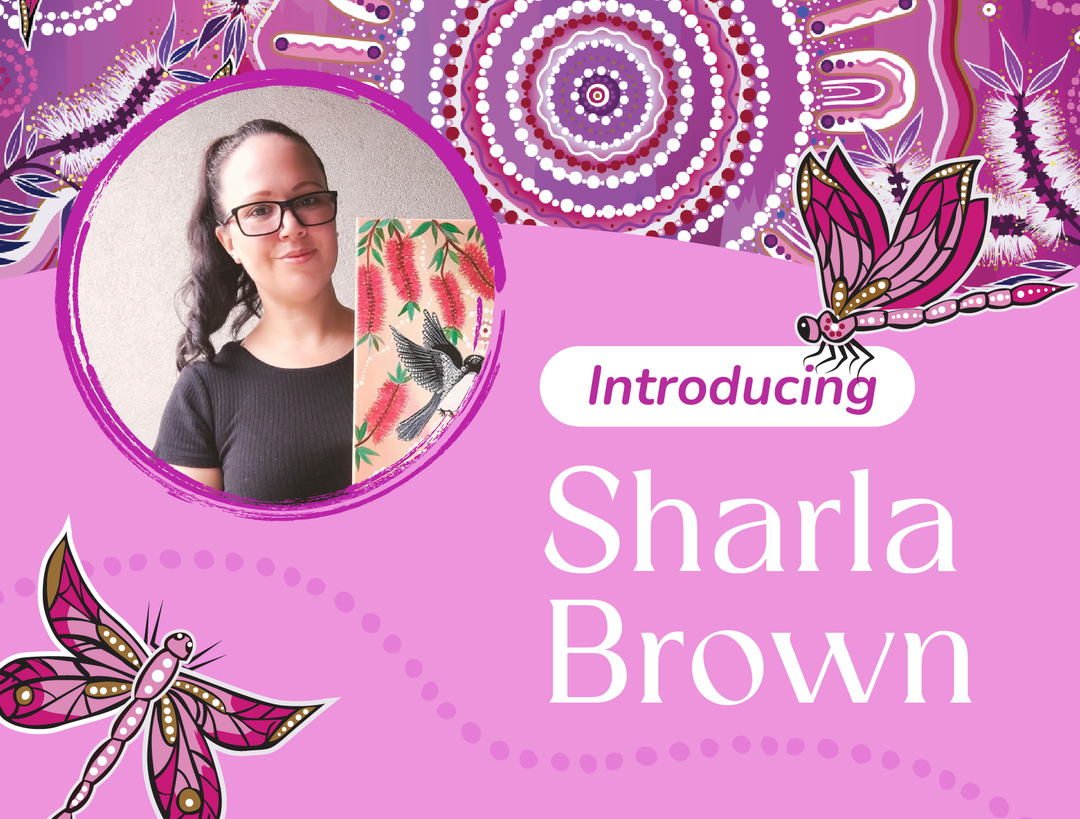In the heart of Western Australia's South West, the Noongar people observe a calendar more complex than the standard four seasons. Their six seasons, a testament to an intimate connection with the land, are a guide to the natural world's rhythm and a reminder of the environment's deep ties to Noongar culture.
Birak (Dec-Jan), with its red hues, signals the time for burning the bush in mosaic patterns, a practice that rejuvenates the land. As the heat intensifies, so does the activity of fledglings and reptiles.
Bunuru (Feb-Mar), the season of orange, is the hottest period, marked by fishing along the coast and the blooming of white flowers, including the zamia plant.
Djeran (Apr-May) brings a cooler green season, with red flowering gums and a shift to hunting land animals as the nights grow cooler.
Makuru (Jun-Jul), represented by dark blue, is the wettest phase, prompting a move inland and the pairing of animals ahead of breeding.
Djilba (Aug-Sep) transitions into a mix of cold and warm days, with pink wildflowers heralding the growth and the emergence of newborn animals.
Kambarang (Oct-Nov) is a yellow season of flowering abundance, with the landscape awash in colour and life, signalling the return of the heat.
Each season is a chapter in an ongoing story, a narrative of survival, adaptation, and respect for the land that sustains the Noongar people.
For those keen to delve deeper into the vibrant tapestry of the Noongar seasons, BW Tribal offers a gateway to explore and celebrate the cultural heritage of Australia's First Peoples. Visit BW Tribal to learn more and join in honouring these ancient seasonal cycles.
Sources:
"Noongar Six Seasons," Edith Cowan University, 2023. https://www.ecu.edu.au/centres/kurongkurl-katitjin/cultural-leadership/nyoongar-six-seasons.







